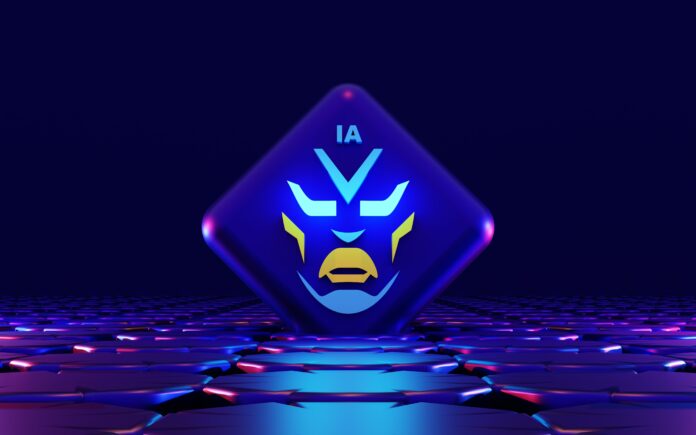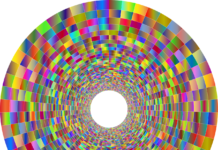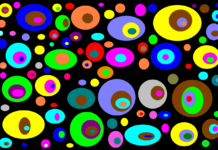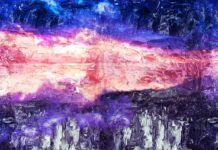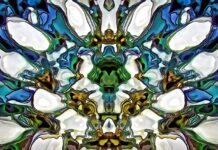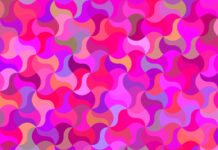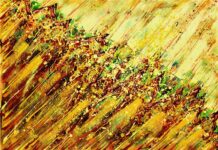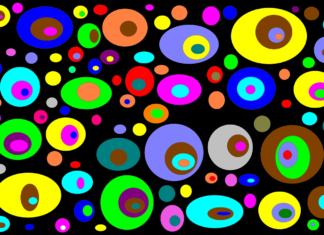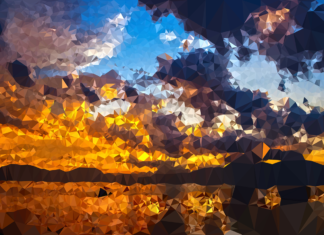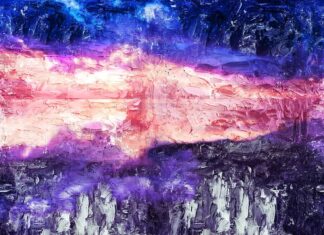In January 2021, OpenAI made waves in the tech world by announcing the release of DALL-E 2 AI, a revolutionary image-generating language model. This model builds on the success of GPT-3, OpenAI’s previous language model, to generate high-quality images from textual input. DALL-E 2 AI represents a major step forward in the field of artificial intelligence, and has the potential to revolutionize everything from advertising and marketing to creative arts and design.
DALL-E 2 AI was created using a combination of techniques, including deep learning and generative adversarial networks (GANs). Like GPT-3, DALL-E 2 AI was trained on a massive corpus of text, which it uses to generate images that match the textual input. Unlike other image-generating models, which tend to produce images that are low-quality or lack detail, DALL-E 2 AI is capable of producing highly detailed, realistic images that often defy expectations.
One of the most impressive features of DALL-E 2 AI is its ability to generate images based on highly specific and even bizarre textual prompts. For example, it can generate images of a “red panda sitting in a field of purple flowers,” or a “banana with the texture of an avocado.” This level of specificity and creativity is unmatched by any other image-generating language model currently available.
Another impressive feature of DALL-E 2 AI is its ability to generate images that are highly stylized and artistic. For example, it can generate images of animals or objects that are distorted or abstracted in interesting and unique ways, creating a surreal and dreamlike quality. This makes DALL-E 2 AI a potentially valuable tool for artists, designers, and other creatives who are looking to generate new and unique visual concepts.
While DALL-E 2 AI is certainly impressive, it is not without its limitations and challenges. One major challenge is the potential for bias in the images that it generates. Because the model was trained on a massive corpus of text that was scraped from the internet, there is a risk that it may pick up on biases and stereotypes that are present in that text. For example, if the model is trained on text that describes doctors as primarily male, it may be more likely to generate images of male doctors than female doctors. This is a challenge that OpenAI and other researchers are actively working to address.
Another challenge is the potential for misuse of DALL-E 2 AI by bad actors. Because the model is capable of generating highly realistic images, there is a risk that it could be used to create fake or misleading content. For example, it could be used to generate images of political leaders or celebrities engaged in illicit activities, or to create convincing but fake evidence for legal cases. This is a concern that will need to be addressed as DALL-E 2 AI becomes more widely available and accessible.
Despite these challenges, DALL-E 2 AI represents a major leap forward in the field of artificial intelligence and image generation. Its potential applications are vast and varied, from advertising and marketing to creative arts and design. As DALL-E 2 AI continues to be developed and refined, it has the potential to transform the way that we create and interact with visual content, opening up new possibilities for innovation and creativity.
One area where DALL-E 2 AI may have a significant impact is in the field of e-commerce. By generating highly realistic product images, DALL-E 2 AI could potentially reduce the need for traditional product photography, which can be time-consuming and expensive. This could be particularly beneficial for small businesses and startups that may not have the resources for professional product photography.
Another potential application of DALL-E 2 AI is in the field of education. By generating highly detailed and accurate visual representations of complex concepts and ideas, DALL-E 2 AI could potentially help students better understand and engage with difficult material. For example, it could be used to generate visualizations of scientific concepts, historical events, or literary themes, helping to bring these ideas to life in a way that is engaging and accessible.
Overall, DALL-E 2 AI represents a major breakthrough in the field of artificial intelligence and image generation. Its ability to generate highly specific, detailed, and even artistic images from textual prompts has the potential to transform a wide range of industries and fields, from advertising and marketing to education and creative arts. While there are certainly challenges and limitations that must be addressed, the potential benefits of this technology are significant and exciting. As DALL-E 2 AI continues to be developed and refined, it will be fascinating to see how it is applied and integrated into our daily lives.
One of the most exciting aspects of DALL-E 2 AI is its potential to revolutionize the field of design. As mentioned earlier, DALL-E 2 AI can generate highly detailed and specific images based on textual prompts. This means that designers and creatives could potentially use the tool to quickly and easily generate high-quality visual assets, such as logos, icons, and illustrations, without the need for traditional design software or graphic design skills.
For example, a small business owner who needs a logo for their company could simply provide DALL-E 2 AI with a brief description of their business and desired aesthetic, and the tool could generate a variety of options for them to choose from. This could potentially save the business owner time and money, while still providing them with a high-quality, professional-looking logo.
Another potential application of DALL-E 2 AI in the field of design is in the creation of custom artwork. By providing the tool with a specific prompt or concept, artists and designers could use DALL-E 2 AI to generate unique and original pieces of art. This could be particularly useful for designers who need to create artwork quickly and on a tight deadline, or for artists who are looking to explore new creative avenues and generate fresh ideas.
Beyond its potential applications in design and art, DALL-E 2 AI also has the potential to be used in a wide range of other industries and fields. For example, it could be used to generate realistic 3D models for use in the gaming and entertainment industries, or to create detailed visualizations of scientific data and research findings. It could also be used in the field of medicine, to generate realistic images of medical conditions and procedures for use in education and training.
Of course, like any emerging technology, there are also potential risks and concerns associated with DALL-E 2 AI. One potential concern is the possibility of the tool being used to create highly realistic but fake images, which could potentially be used for malicious purposes such as misinformation campaigns or online fraud. There is also the risk of DALL-E 2 AI being used to perpetuate harmful stereotypes or biases, if the data it is trained on is not diverse and representative.
Despite these potential concerns, the development of DALL-E 2 AI represents a major milestone in the field of artificial intelligence and image generation. Its ability to create highly specific and detailed images from textual prompts has the potential to transform a wide range of industries and fields, and could lead to new innovations and opportunities in the years to come. As the technology continues to evolve and improve, it will be fascinating to see how it is integrated into our daily lives and the impact it has on our society as a whole.


